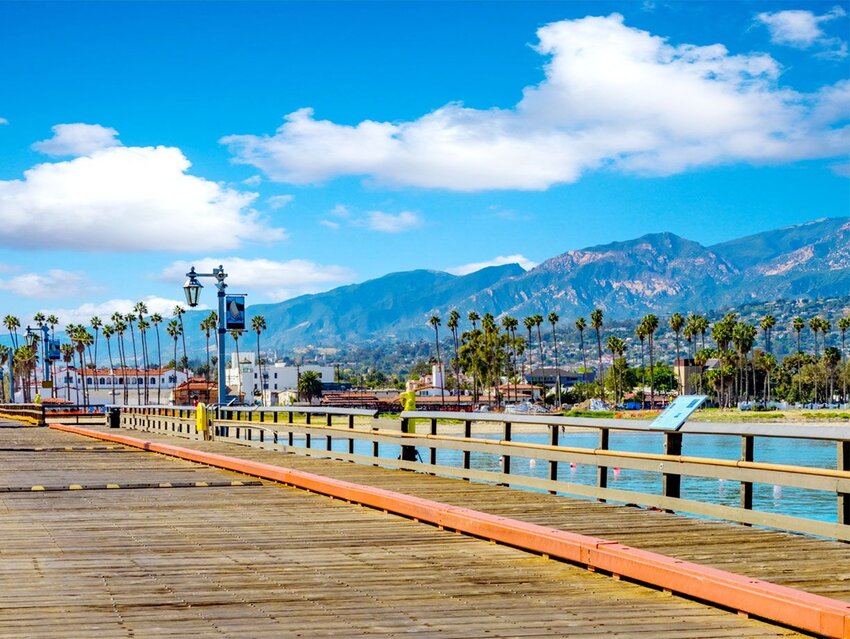What do you imagine when you think of a “California accent”? A Valley girl peppering her sentences with “like” and “totally”? A surfer dude talking about “gnarly” waves? Or is it Norma Desmond grandly proclaiming, “I’m ready for my close-up, Mr. DeMille”?
In 2010, a research project at Stanford University started investigating how native English speakers in California use language. The ongoing multiyear project aims to document speech patterns and pronunciations across the state, to move beyond the accents shown in TV and movies and discover how real Californians speak in everyday conversations.
What Are Accents Anyway?
First of all, it’s essential to understand what an accent is. Lots of people around the world speak English; it’s the predominant language in the United States, Great Britain, Canada, Australia, and many other countries and places around the world. But in each locale, residents have a distinctive way of pronouncing certain sounds. That’s called an “accent.”
Accents aren’t just unique to a region; they can shift based on many factors, including social class, ethnicity, or first language. Children learn accents from their parents and the community around them; however, accents are flexible and can shift depending on environmental factors or social conditions.
Most people aren’t always aware of their accent — it’s just how they talk. It’s also hard for individuals to point out what’s different or unique about how they talk compared to others. It’s usually only when someone leaves home or is surrounded by people with a different accent that it becomes noticeable.
Is There a California Accent?
So, does California have an accent? Yes, and it actually has many of them. As one of the largest and most diverse states, California has a blend of cultures. That makes it a natural breeding ground for a variety of different accents.
There is a distinction between Northern and Southern California speech patterns, but it also has to do with slang vocab. The word “hella,” which means “many” or “very,” is linked with Northern California, while terms such as “dude,” “bro,” and “like” are more common in Southern California. Folks in Southern California also refer to freeways with the definite article (as in “the 405” or “the 10”).
As far as the accent divide, folks in the northern part of the state are more likely to pronounce the vowel sound in “egg” as “ayg.” Meanwhile, in Southern California, residents are more likely to use “uptalk” — a higher tone to end a sentence (more of the stereotypical “Valley girl” accent).
In the Central Valley of California, the speech and language patterns more closely resemble the accents from Oklahoma, Texas, Missouri, and Arkansas. During the Great Depression, people migrated in large numbers from the Dust Bowl region to the Central Valley, bringing their accents with them. A common feature is saying “you was going” instead of “you were going.” Some Central Valley locals also use what’s called “positive anymore.” Instead of using the word “anymore” at the end of a negative sentence (“I don’t eat sugar anymore”), it’s inserted at the end of a positive sentence (“I eat sugar anymore”) to indicate something that still is done (as in continuing to eat sugar).
As far as that classic “Old Hollywood” accent, it’s actually called the “mid-Atlantic” accent, and it doesn’t belong to California (or anywhere) at all.
Featured image credit: Ron and Patty Thomas/ iStock

